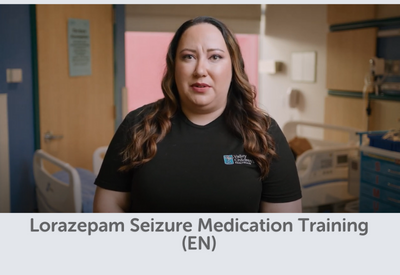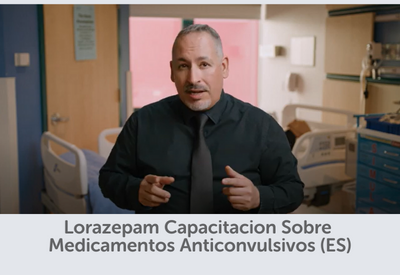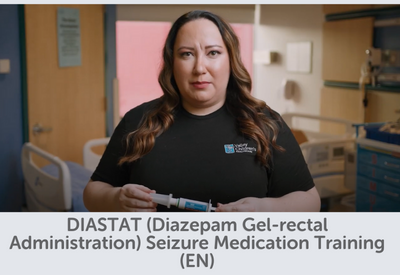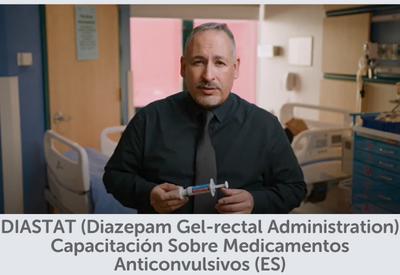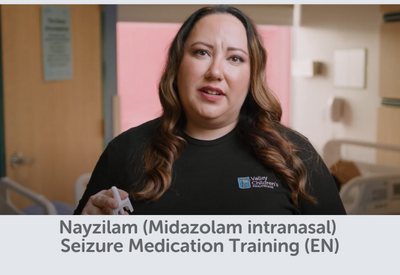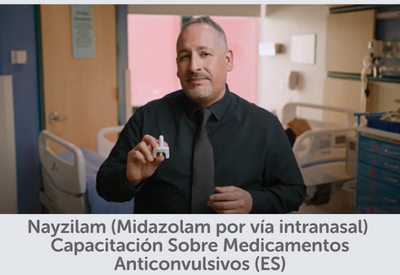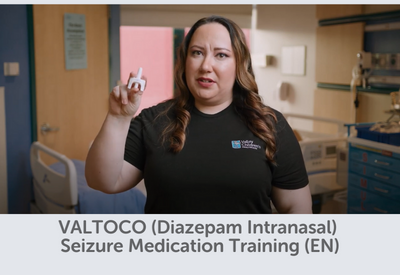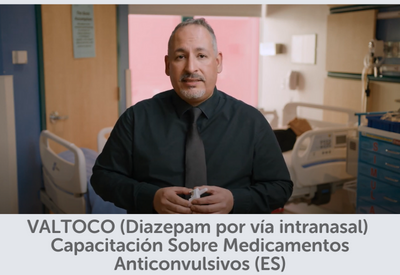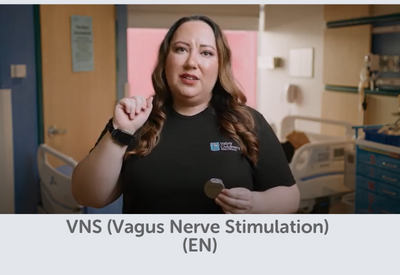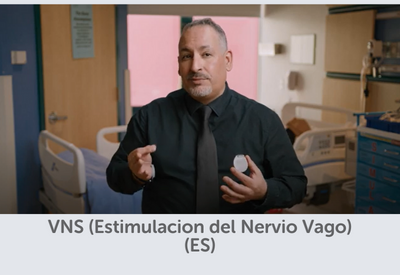Seizure Rescue Medication Demonstration Videos

Prolonged tonic-clonic seizures or clusters of shorter seizures left untreated can sometimes lead to status epilepticus. Status epilepticus is a seizure that lasts for five minutes or longer, or multiple seizures back to back without returning to a normal level of consciousness within a five-minute period.
Treatment within three to five minutes can often stop this from happening and help prevent permanent brain damage or death. You may prevent a trip to the emergency room if you treat seizures early by following your child’s seizure emergency protocol provided by your doctor.
There are many types of medications that your doctor can prescribe to help control breakthrough seizures. The videos below provide demonstrations of how to administer the most common types of benzodiazepines usually prescribed.
If you have any questions, please make sure to reach out to your healthcare provider or pharmacist.
Don't forget to include instructions on when and how to use seizure rescue medications in your seizure action plan (SAP)!
Learn more about SAPs and how to create your own
Video Demonstrations
Click on the images below to view seizure rescue medication demonstration videos in English and Spanish.
DISCLAIMER
In case of an urgent concern or emergency, call 911, go to the nearest emergency department or contact your primary physician right away.
The topics presented herein are for informational purposes only. This video is not intended to take the place of your personal doctor’s advice and is not intended to diagnose, treat, cure or prevent any disease. The information should not be used in place of a visit, call or consultation or advice of your doctor or other healthcare provider. Any decision you make regarding your healthcare options should be made after consulting a qualified physician.
These videos do not list all potential side effects with each medication. For possible medication side effects, please reference the package insert that came with your medication or visit the manufacturer’s website for the full medication guide.
Gloves were not used in the filming of those how-to videos. If you are administering medication, please follow the appropriate safety protocols according to your site guidelines.
Please properly dispose of used and/or expired medications. There are collection sites where you can safely and securely gather and dispose of your unused or expired medicines, including those that contain controlled substances. Valley Children’s medication disposal bin is located at the Imaging Entrance, is monitored by security and accessible to the public during business hours. To find an authorized medication disposal site near you, check out the U.S. Food and Drug Administration website.
